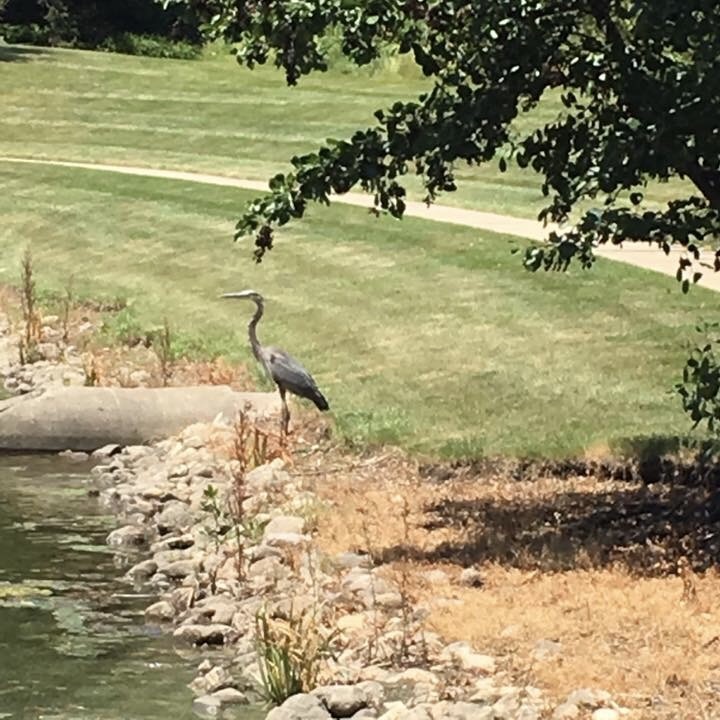
You Can Believe in God and Evolution Too
I’ve blogged elsewhere about my personal journey to acceptance of evolution, and about the books that I’ve found helpful along the way.
To accept the Truth of both evolution and a divine Creator, we must think differently about some things.
First, we must engage the possibility that God uses evolutionary processes to create and sustain the physical world. Secondly, we must accept the literary nature of Genesis 1 & 2. The Biblical creation accounts are most likely NOT literal, historical accounts (see McKnight’s chapters in “Adam and the Genome”). Next, the genomic evidence that indicates humanity most likely descended from 10,000 original humans, rather than two, must be explored (see Venema’s chapters in “Adam and the Genome”). Finally, the implications of a non-historical first couple on the orthodox doctrine of original sin must be understood. It is this final point that will occupy me in this post.
Original sin is one of the central tenets of the Christian faith. There would be no need for the sacrifice of Jesus Christ if we were not all terrible, awful sinners. In the New Testament, Paul states that sin entered the world by one man, Adam (Rom 5:12). It seems that our sin nature is derived from Adam’s sin nature through some sort of association with him, often referred to as the “imputation” of sin. The question is the nature of this association. Is it physical, genetic? Legal? Spiritual? Is it symbolic, in some sort of solidarity of like creatures?
Augustine taught that the association was physical. The sin nature was physically and genetically (seminally) passed on to the entire human race. This position is referred to as “natural headship,” (Osborne, 138-139) and relies on a historic first couple, from whom all of humanity descended.
Other reformed theologians teach that the association is representative. As “head” of the human race, all of Adam’s descendants participate covenantally in the guilt and depravity occasioned by the Fall. This position is referred to as “Federal headship” (Osborne, 138-139). This is more of a spiritual, rather than physical association, so while the position relies on a historic first couple, it doesn’t rely so much on the physical relatedness of the human race to that specific couple.
A third position, “mediate” imputation, postulates that all of humanity inherits the guilt of Adam’s sin legally (Osborne, 138-139). Like Federal headship, this position assumes a representative historic first couple, but doesn’t necessarily require a belief that all humans descended from that couple.
There are other positions, but with 2 of the 3 most common allowing for a symbolic, spiritual, and corporate association, we can stop here and say that the doctrine of original sin does not necessarily depend on an assumption that we all descended from a single, historic couple. The human race participates in solidarity with an archetypal, probably-literary-rather-than-historical pair of humans, both as Imago Dei, and as fallen, corrupt sinners.
An additional question arises about the role of death in evolution, and how that is related to sin. But that is for another day, another post.
Sources:
Erickson, Millard J. 1998. Christian Theology. 2nd ed. Baker Academic.
Osborne, Grant R. 2004. Romans. Downers Grove, IL: IVP Academic.
Sung, Elizabeth. 2012. “Class Notes, Systematic Theology, ST5102.” TEDS/TIU, February 11.
Photo: Great Blue Heron